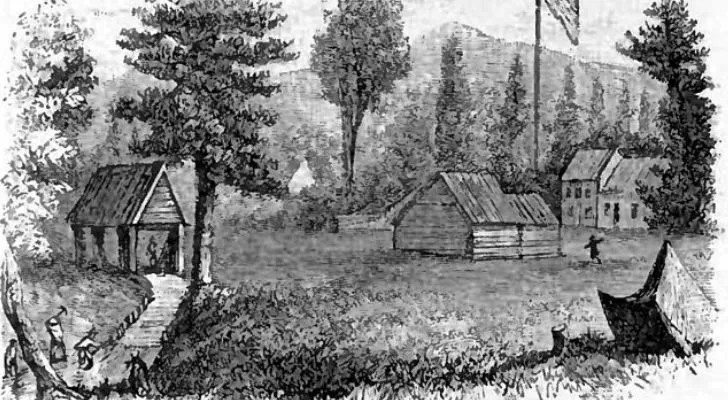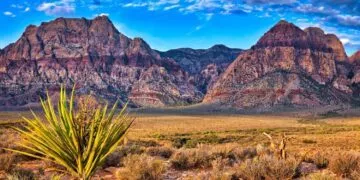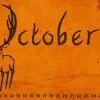The 19th-century California gold rush is a critical part of American history, as fortune seekers trooped to areas rich in this precious metal. But that wasn’t the only gold rush – treasure hunters traveled to try their fortune in many parts of the world!
Read on as we trace the events that transpired during the gold rush in California and how they influenced the development of modern-day USA.
If that’s not enough for you, stick around as we explore other gold rushes around the world and how they differ from the American story.
How did the California gold rush get started?

The year was 1848; John Sutter had engaged the services of local carpenter James W. Marshall in building a water-powered sawmill.
As Marshall set out to work, something caught his eye in the water; gold! He quickly shared his findings with Sutter, who tried to keep it under wraps.
The discovery didn’t stay a secret for long, as the news spread like wildfire. The New York Herald and other publications even ran stories about these gold deposits. This attracted gold seekers within and outside the country who journeyed by road or sea.
Americans heading to the gold mines in California took one of three ways: the Cape Horn route, the Oregon-California Trail, and the Panama Shortcut. The 49ers, named after their year of arrival, traveled to California in 1849.
By the end of the year, the number of people living in the region had exploded from 20,000 the previous year to 100,000.
Did people get rich from the gold rush?

After hearing about the gold deposits, people migrated to California with one goal in mind; to make money. At first, the mines were profitable, and some early prospectors made enough money to fund the expensive California lifestyle.
One lucky prospector even built a three-story mansion with lavish profits and still had $100,000 (about $3.7 million in 2023) left in his savings.
Unfortunately, the resources didn’t last forever, shattering the gold-tinted dreams of hopeful miners. Finding gold involved time-consuming, back-breaking work, yet most workers made little. Most found only $10 to $15 worth of gold specks daily.
As demand for mining tools and food items skyrocketed due to the population rising, it created a new market for savvy businesses. Merchants provided mining pans, picks, shovels, and other tools at inflated prices to make huge profits.
Samuel Brannan was one of the wealthy merchants of the California gold rush. He never actually mined gold but capitalized on the demand for mining goods and made up to $5,000 (valued at $186,000 in 2023) in daily sales.
Brannan’s booming business made him “the richest man in California” between the 1850s and 1860s.
How was California affected by the gold rush?

“Eureka!” is the California slogan reminiscent of the gold rush and its impact. The influx of migrants that followed the gold discovery transformed the region’s demographics. Next, the manufacturing industry received a boost due to a surge in demand for mining tools.
As the population grew, California initially relied on food importation to feed the people. Eventually, some who didn’t find fortune in mining dipped their hands into agriculture.
Thanks to the area’s favorable climate, farming was highly profitable and remains one of the state’s vital contributions to the nation today. In 2020, California alone contributed 13.5% of the country’s agricultural products, almost double that of any other state.
Neighboring countries also felt the impact of the California gold rush, as foreign businesses found a thriving market for their products. Chile brought fruits, Norway expanded shipping operations, and China exported sugar.
This economic development also brought banks and other financial services to California.
Other gold rushes around the world.

Wherever gold deposits were found, adventurers would follow suit, hoping to get a piece of the treasure for themselves. These events happened worldwide, including parts of South America, Africa, and Australia.
The 1851 discovery of gold deposits in some regions of Victoria started the Australian gold rush. Unlike the tiny specs in North America, Australian miners found larger chunks of gold.
The “Holtermann Nugget,” mined in 1872 by Bernhardt Otto Holtermann, weighing about 628 pounds (285 kilograms) and nearly 4.8 feet (1.45 meters) tall, was one of the largest gold specimens found.
South Africa also experienced a gold rush in the 19th century. Once again, independent miners arrived in droves after hearing the news.
There the miners faced a unique challenge; getting the gold out of the ground. The process wasn’t as easy as in North America or Australia, and it required specialized equipment that only big mining corporations could afford.
The California gold rush marks a pivotal point in American history. Although many miners didn’t get the riches they hoped for, the gold rush merchants made huge profits.
These events significantly accelerated the agricultural and technological development of California and other parts of the world with similar experiences.


















